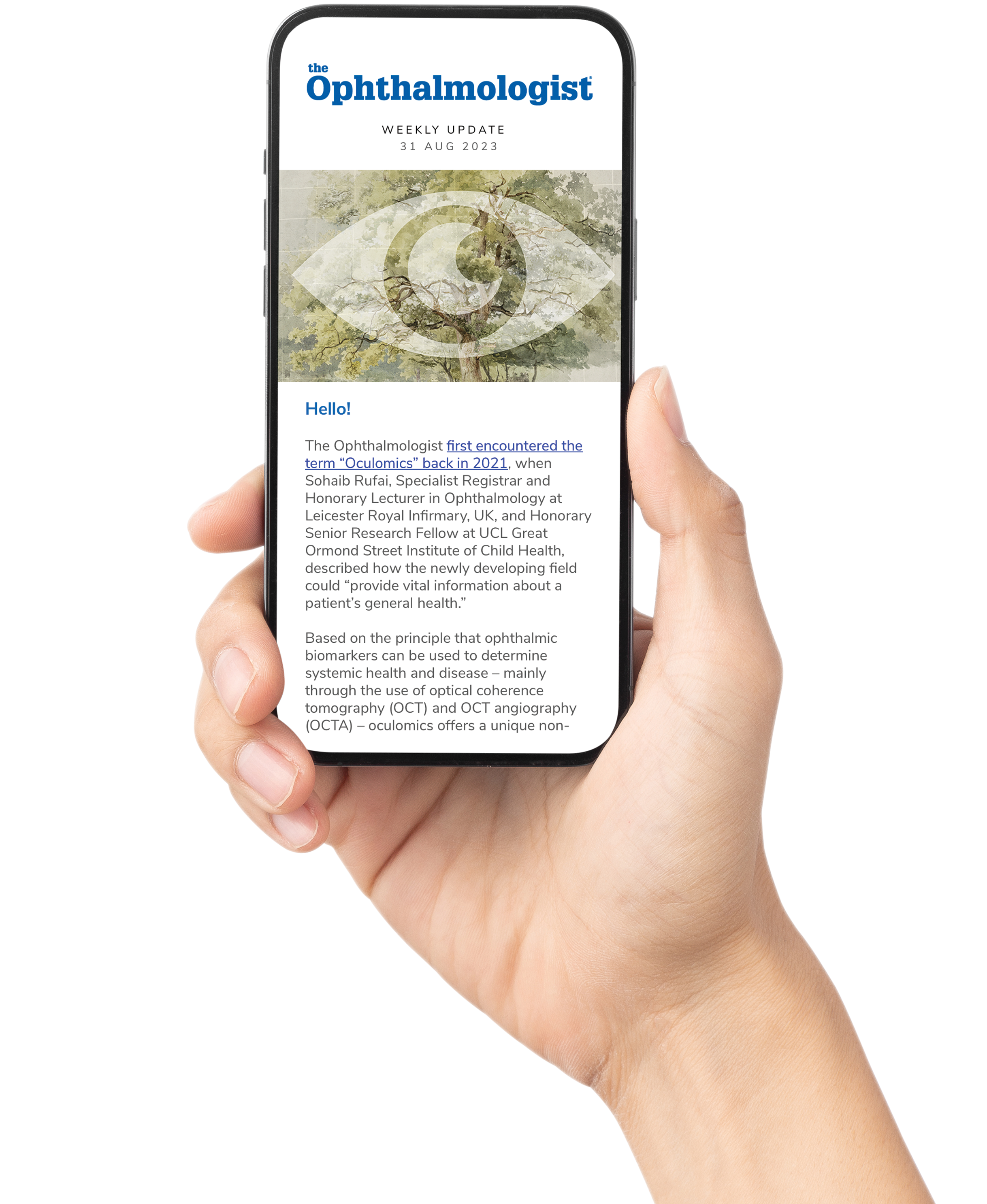A new study published in Translational Vision Science & Technology has explored the use of deep learning (DL) models to predict the progression of geographic atrophy (GA). The research leveraged three-dimensional optical coherence tomography (3D OCT) imaging to assess different AI-driven approaches for forecasting GA lesion growth.
Utilizing data from the lampalizumab clinical trials, the Genentech researchers analyzed OCT scans of 1,219 development eyes and 442 holdout eyes to evaluate four DL-based methods. The four DL approaches looked at were: en-face intensity maps, SLIVER-net (a 2D CNN-based tiling method), 3D Convolutional Neural Networks (CNNs), and en-face retinal layer thickness and intensity maps from segmentation models.
All of these models can be used to predict both baseline GA lesion size and annualized growth rate, with ellipsoid zone (EZ) and retinal pigment epithelium (RPE) used to determine their role in GA progression.
The team’s results showed that all four methods performed comparably in predicting GA growth rate, with Pearson’s correlation coefficients (r²) between 0.33 and 0.35. For baseline lesion size prediction, accuracy remained high across the models, except for SLIVER-net. The study found that EZ and RPE layers contained the most valuable predictive information, while additional layers did not enhance accuracy.
Their findings indicate that GA progression prediction may have reached a performance plateau under current deep learning techniques. And while the authors note that these DL models do offer promising tools for predicting GA progression, they state that further research is now needed to evaluate the potential utility of alternative approaches that include higher-density OCT scans, as well as the use of foundation models and other new modeling approaches.
